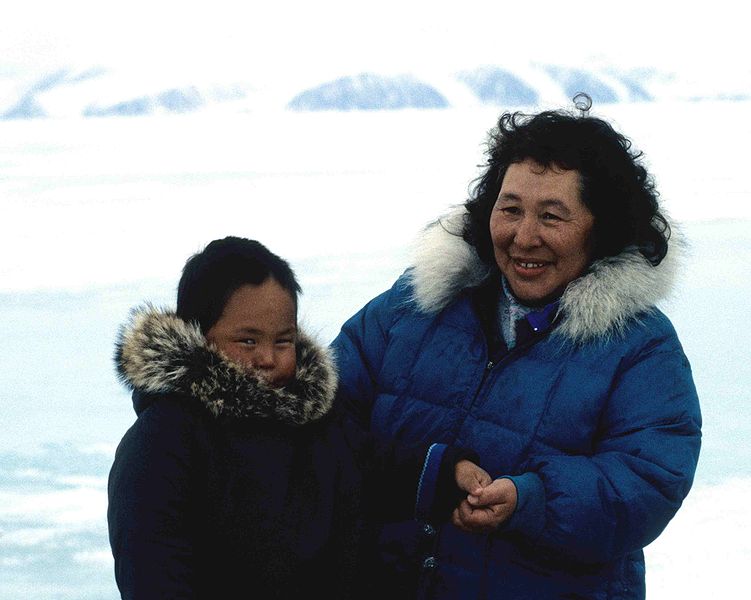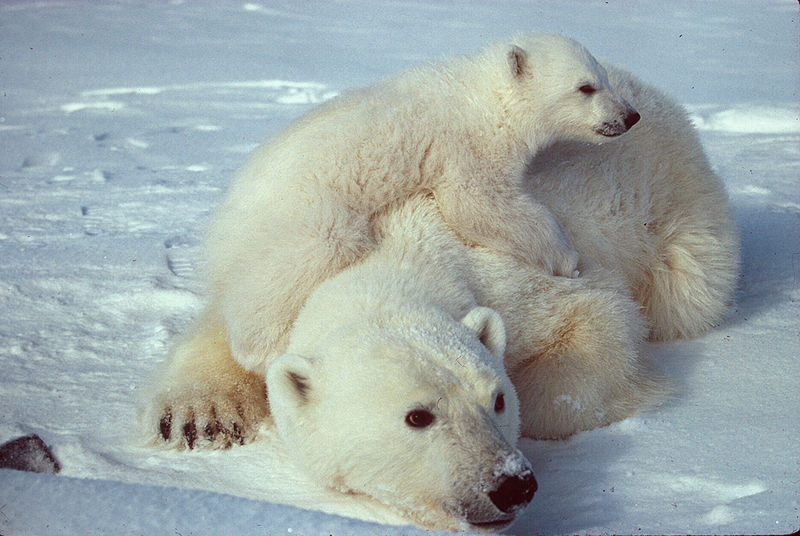
Photo courtesy Ansgar Walk, Wikimedia Commons
There’s been plenty of study of physical processes like sea ice retreat, melting glaciers, and rising temperatures caused by global climate change in the Arctic. What’s understudied is the living North, including humans.
Now a new paper in Science reviews current knowledge on the ecological consequences of climate change in the Arctic and issues a call for action in needed areas of research.
Numerous warming effects include:
- A lengthening growing season following a rapid spring melt
- Earlier plant flowering
- Earlier appearance of insects following a warmer spring
- Deaths of newborn seal pups following melting of their under-snow birthing chambers
- Shrub expansion on the tundra as the climate warms. This initiates a positive feedback loop: More shrubs means more warming and warmer soils lead to increased nutrient availability, growing yet more shrubs and cranking up more warming.
The start and end of winter is changing too. When it didn’t snow at Toolik Field Station until Thanksgiving a few years ago the soil got cold and stayed so cold that microbes in the soil were barely active. The spring green-up was slow in coming and likely affected caribou forage.
In 2008, snow fell in September and never quit. The warmer winter soils with active microbes were insulated from the cold and were able to provide nutrients to plants that stimulated growth.
“Humans live in the Arctic with plants and animals and we care about the ecosystem services, such as filtering water, fiber production, food production, and cultural values that the Arctic provides,” Syndonia Bret-Harte tells the University of Alaska. The average Arctic temperature is expected to increase by 6 C. “That’s a mind bogglingly large change to contemplate.”
FYI, you can read some cool research goals of Amy Breen and others in the International Tundra Experiment investigating warming in the permafrost at Ice Stories: Dispatches from Polar Scientists. Lots of polar research recapped here.












